World-first kidney exchange program back saving lives after Covid hiatus
Christine Cherry’s offer to give her dying daughter her kidney led to them joining a program that’s now matching organ donors and recipients across two countries.
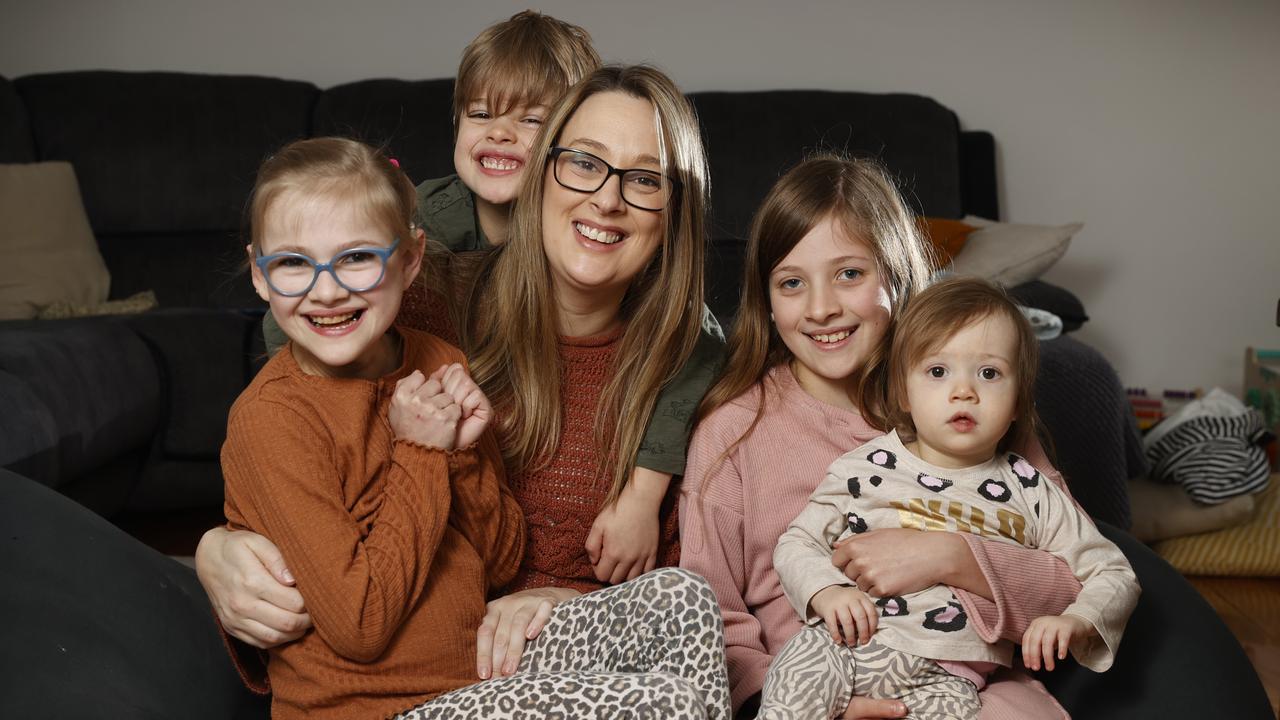
Hundreds of Australians waiting for lifesaving kidney transplants can now lean on the generosity of donors across the Tasman Sea, in what organisers believe is a world-first program.
The lifesaving Australian and New Zealand Paired Kidney Exchange Program (ANZKX) is back up and running after a two-year, Covid-driven hiatus.
More than three-quarters of patients on Australia’s organ waiting list need a new kidney: 1344 out of about 1750, according to OrganMatch. A further 13,000 people are on dialysis and may need a transplant at some point.
RELATED: DonateLife plea for 100,000 Aussies to register as organ donors
The exchange program began in Australia 2010, expanding to include the New Zealand Kidney Exchange in 2019 to increase the pool of potential donors.
ANZKX clinical director Associate Professor Peter Hughes said there was huge need for the “powerful” service because finding matches, especially for people waiting on the deceased organ donor list, could take months: time some people don’t have.
“We have seen lots of (participants in the program) who otherwise would not get a transplant get one and do really well” Dr Hughes said.
The program kicks in when a kidney transplant patient finds a willing donor, but testing reveals they aren’t a complete match. The donor’s kidney is then exchanged with another’s for a better patient match, to ensure the best long-term outcome.
Some exchanges include multiple donor-recipient pairs.
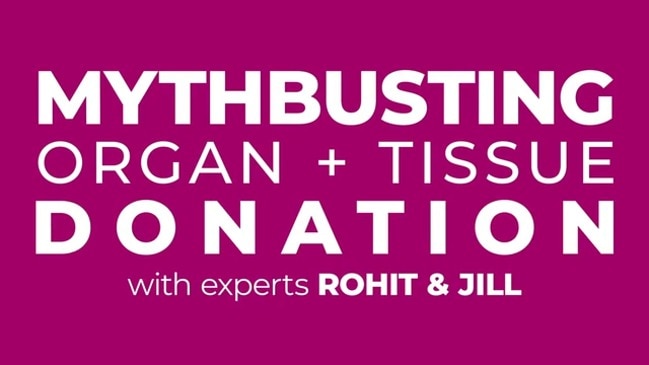
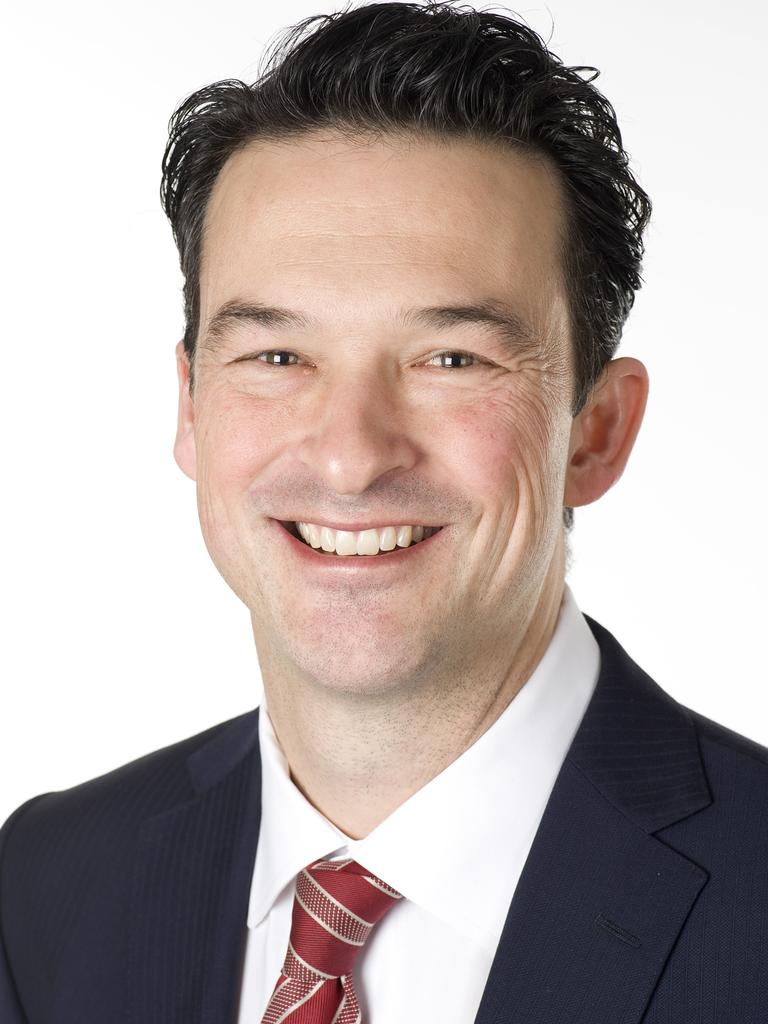
Dr Hughes, the head of the Royal Melbourne Hospital’s transplant service, said up to 30 per cent of kidney donations in Australia and New Zealand were from living donors. About one in five were made possible through the program.
Prior to the countries’ borders closing, the program completed 39 transplants. These included four chains of donors and recipients that saw eight kidneys flown between the two countries.
Given a kidney could only be “on ice for 12 hours”, urgency and efficiency were key, Dr Hughes said.
Fellow kidney specialist Professor Kate Wyburn, president-elect of the Transplantation Society of Australia and New Zealand, said the average wait time to receive a kidney from a deceased donor was three to four years, blowing out to “more than 15 years” for some patients because the wait is dated from starting dialysis.
“Patients need to pass a workup (extensive medical testing) to be activated on the waiting list,” she said.
“Only a small percentage of people who are on dialysis are eligible for transplant, based on their medical suitability.”
Prof Wyburn said a computer algorithm allocated organs to patients – who ranged in age from babies up to people in their 80s – based on a range of factors including urgency and difficulty finding a match.
She said while ANZKX was having a clear impact, it was still “incredibly important” the 13 million Australians aged 16-plus who were eligible to register as organ donors, but hadn’t, took the 60 seconds required to sign up on the DonateLife website.
Mum’s loving gift lifesaving for Alexis
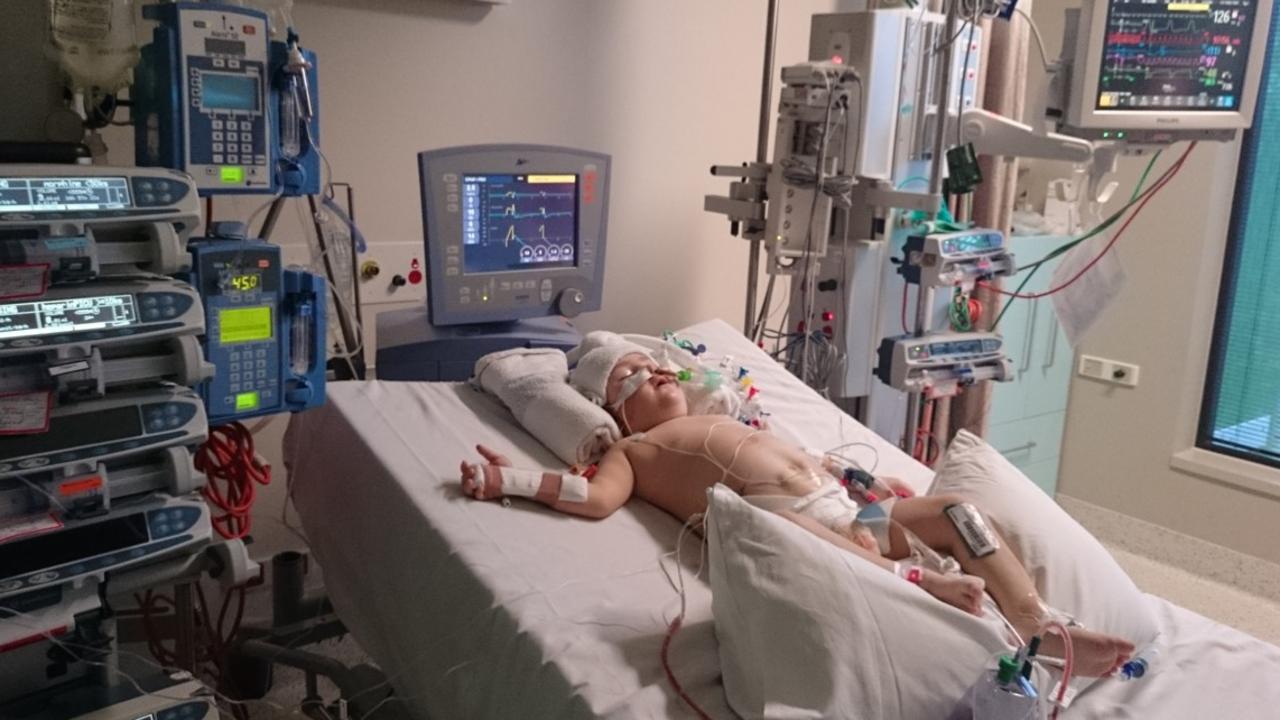
Alexis Cherry came into the world fighting for life.
But after receiving a kidney transplant at age three, the now-11 year old is loving life.
“She was born in complete renal failure, and her lungs were extremely underdeveloped because the kidneys were taking up all the space in her abdomen and chest,” mum Christine Cherry said.
“(Medical staff) said she wasn’t going to survive.
“It was very confronting. She was on all these different machines. Her tummy was massive, full of these kidneys that weren’t functioning, but her lungs were the main concern.”
Alexis has a rare genetic disorder – autosomal recessive polycystic kidney disease – that causes fluid-filled cysts to develop in kidneys in utero.
Mrs Cherry said doctors were unsure if her days-old daughter would make it through lifesaving surgery to remove the kidneys before placing her on dialysis.
She wasn’t producing urine, blood pressure issues meant she couldn’t feed and a ventilator she was on was causing a type of emphysema.

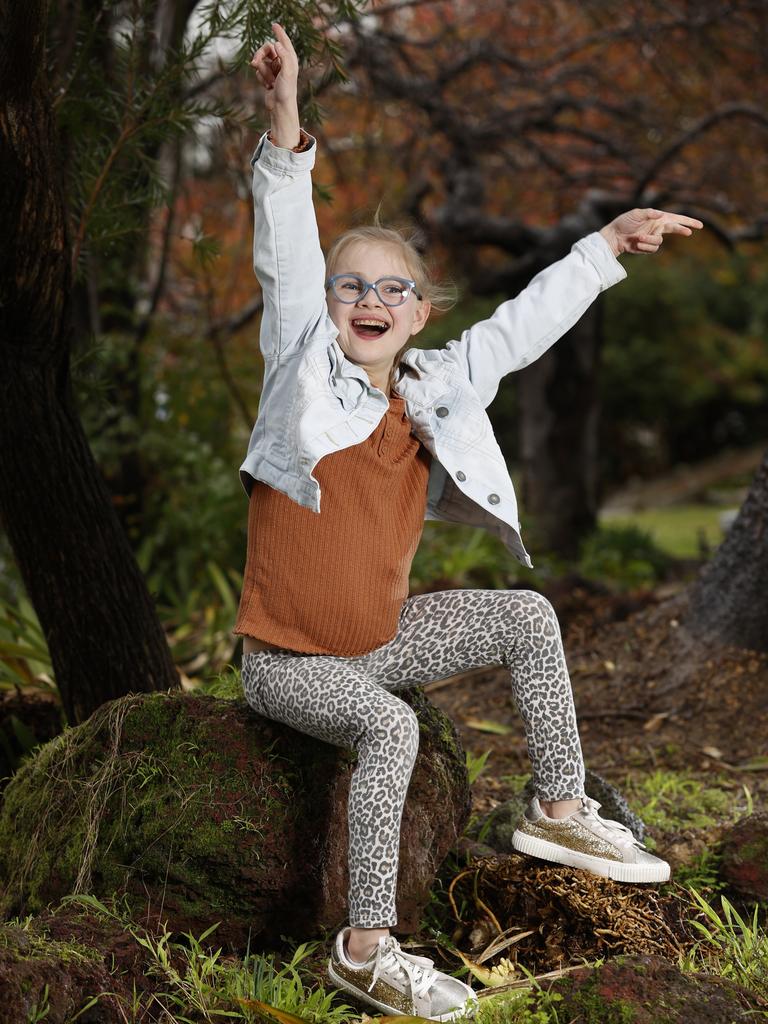
Alexis was finally able to go home about six months later. But with no kidneys, she had to be on peritoneal dialysis every night to help remove toxins from her blood.
Her first birthday was a major milestone and not long after her third, she received a new kidney – thanks to her mum.
Alexis was on the deceased donor list, but with her health declining, Mrs Cherry offered up her kidney.
It wasn’t a complete match, but the Melbourne mum’s loving donation allowed them to participate in the Australian Paired Kidney Exchange Program, which has since expanded to include New Zealand.
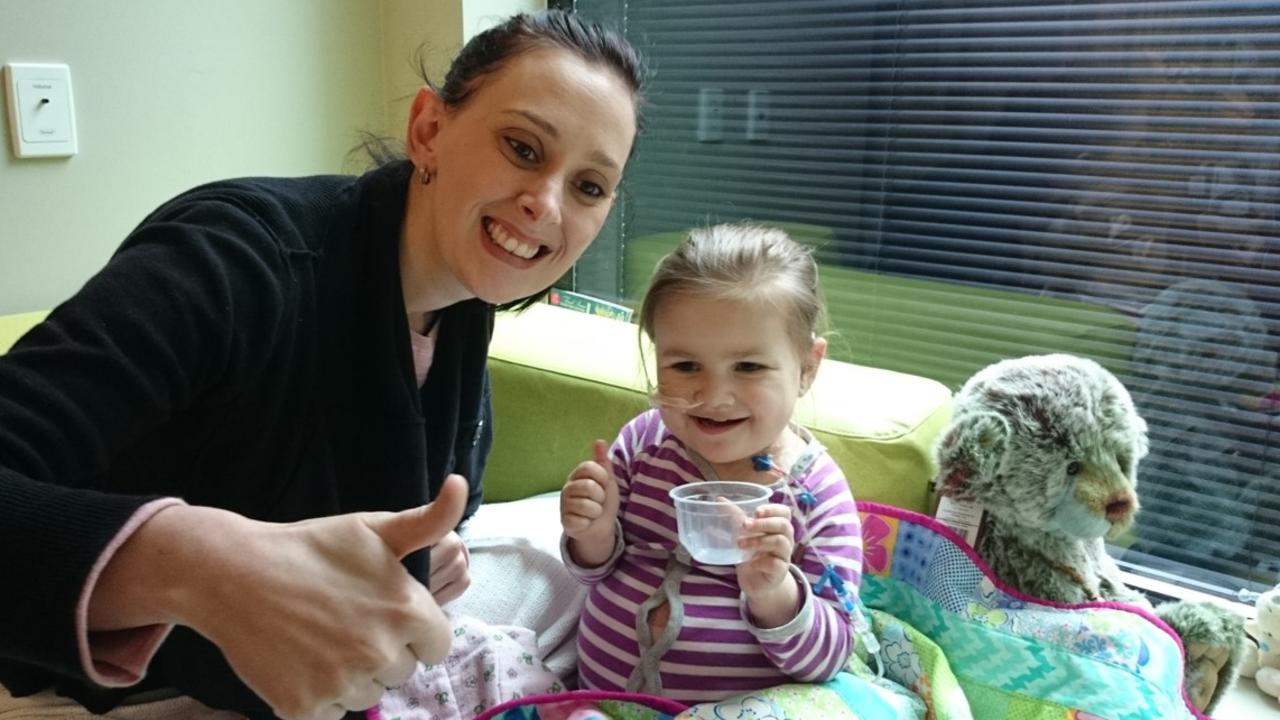
Alexis received a better-suited donor’s kidney, and another recipient got Mrs Cherry’s organ.
Mrs Cherry now recalls the joy of seeing Alexis’s urine bag half full two hours after she received her kidney.
“I never thought you’d be excited about wee. But we’d never seen her produce it,” she said.
Alexis is now in grade 4 and will likely need another kidney in about 10 years. Mrs Cherry hopes casting the net wider through the recently formed Australian New Zealand Kidney Exchange Program will mean more matches for Alexis when that day arrives.
Doctor much more than a good neighbour
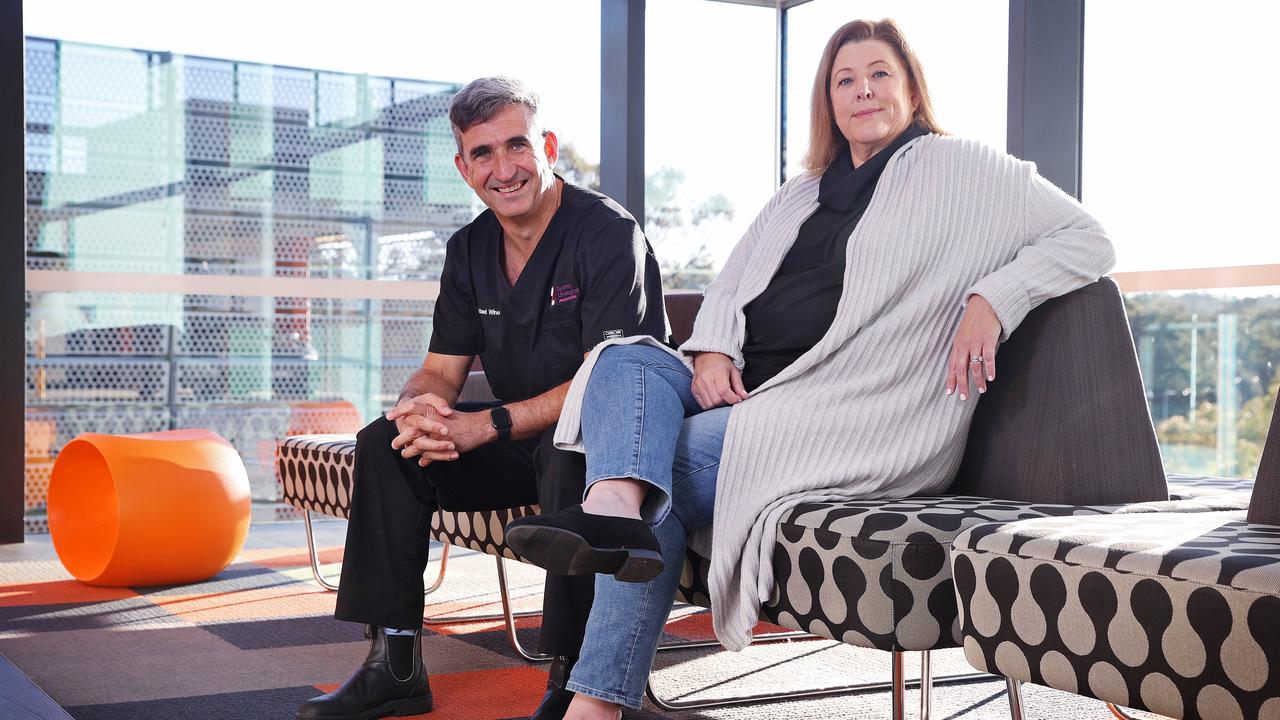
Neighbourly gestures of mowing the lawn or borrowing a cup of sugar took a lifesaving turn when Dr Michael Wines offered to donate his kidney to help the person he shared a fence with.
Sydney mother of two Sharon Moss has polycystic kidney disease in which fluid-filled cysts grow in the kidneys, causing them to decline and grow to the size of “footballs”.
Learning that she needed a kidney transplant in 2015 sent Mrs Moss on a mission to find a living donor. This included sharing her story on Facebook, which generated plenty of interest, but no takers.
“I had a young family. I was a very active 45-year-old and the thought of being on dialysis for the rest of my life was terrifying,” Mrs Moss said.
“I was going three days a week. It restricted my life, it’s not easy to travel, I was tired and sick.”
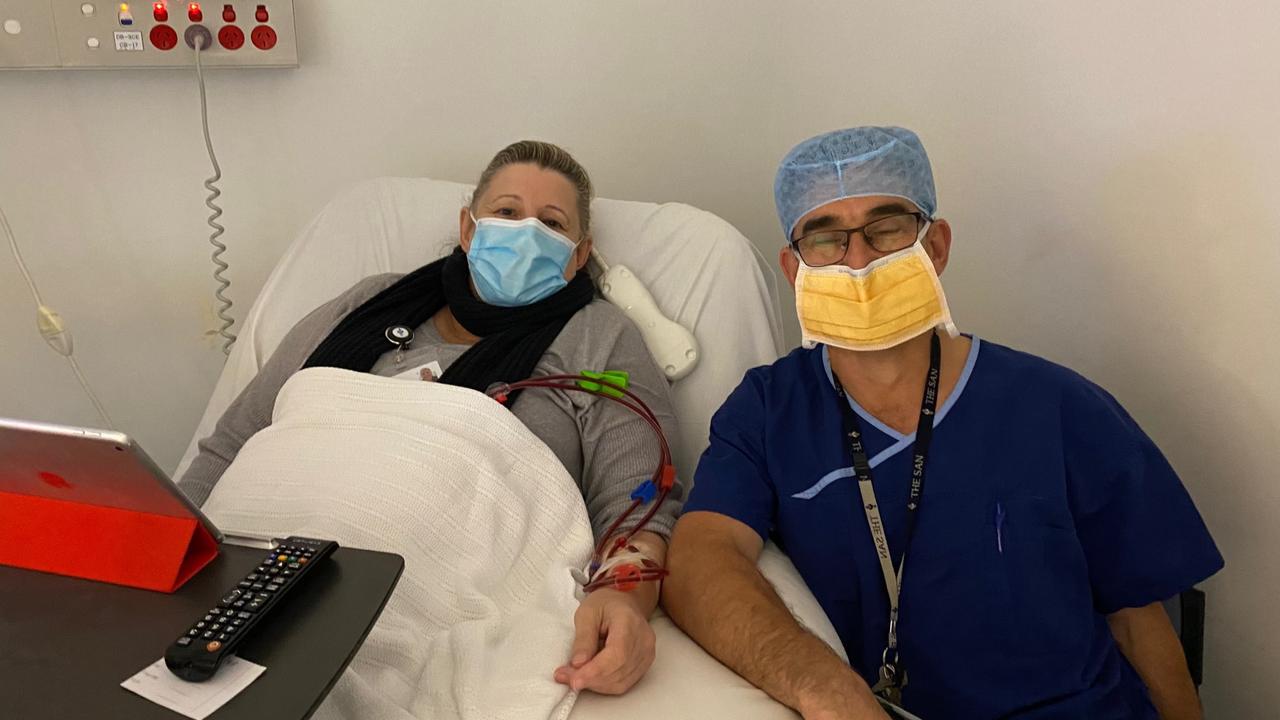
Urologist Dr Wines and his wife, Nina, wanted to help and embarked on the rigorous testing regime to find out if they were suitable candidates.
“Sharon was crying to my wife that she didn’t think she would be able to attend her daughters’ weddings,” Dr Wines said.
Dr Wines was approved as a donor but was not a match for Mrs Moss, so they joined the Australian New Zealand Paired Kidney Exchange Program.
The Royal Sydney Hospital-based doctor works on about 50 kidney transplants a year and said waiting for a direct match on the deceased list could take years. But the exchange program was helping to reduce that.
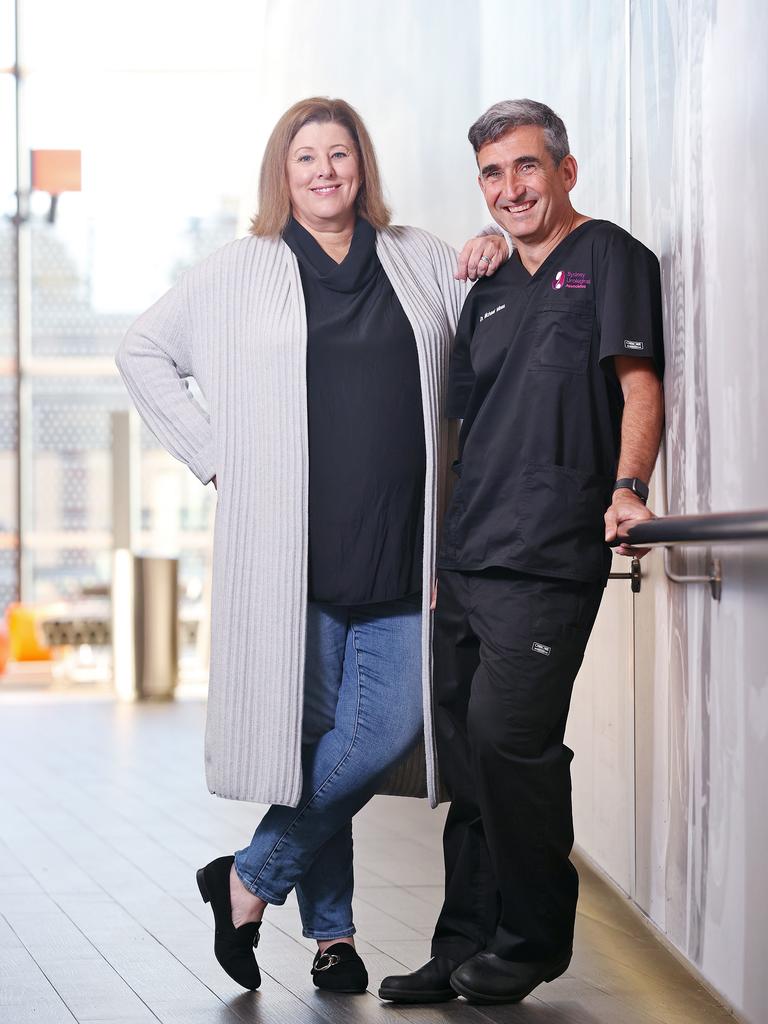
It took several months for them to be matched in a chain of donors and recipients, and after a few Covid-related delays, Mrs Moss got her precious kidney from an anonymous donor in another state. Dr Wines’ kidney also jetted interstate.
“(The program) is just absolutely wonderful,” Mrs Moss said. “People out there want to donate, but they don’t match (with their loved one). That generous donation would change someone’s life.”
Deceased organ donors were still crucial, she said, urging Australians to register via DonateLife.



